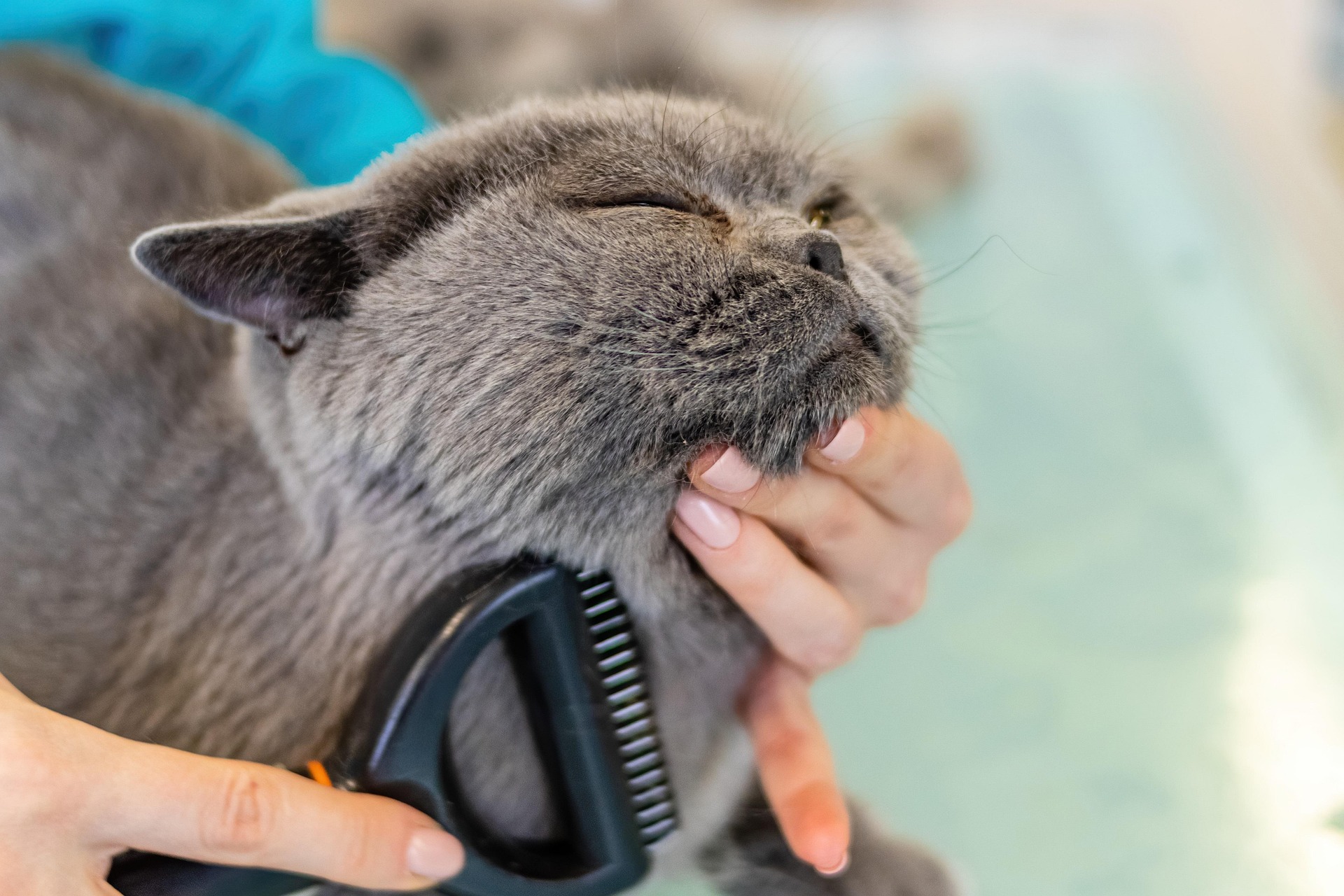Identifying Food Sensitivities and Adjusting Companion Diets
Food sensitivities in companion animals can show up in subtle or obvious ways. Recognizing patterns in digestion, skin condition, behavior, or dental health helps owners and caregivers adjust diets safely. This guide outlines signs, testing paths, and practical diet adjustments for canine and feline companions.

Companion animals may react to ingredients in their diets with symptoms ranging from mild digestive upset to persistent skin problems or behavioral changes. Observing patterns—when symptoms appear relative to meals, treats, or new foods—helps narrow potential sensitivities. A careful, stepwise approach that includes record-keeping, gradual dietary changes, and veterinary collaboration reduces the risk of nutritional imbalance while addressing the animal’s symptoms.
This article is for informational purposes only and should not be considered medical advice. Please consult a qualified healthcare professional for personalized guidance and treatment.
How can nutrition reveal sensitivities?
Nutrition-related signs often offer the clearest clues. Recurrent vomiting, chronic diarrhea, loose stools, or sudden weight loss after diet changes suggest the gut is reacting. Some animals develop gastrointestinal noise, bloating, or altered stool frequency tied to particular proteins, grains, or additives. Keeping a food diary that records brands, ingredients, treats, and meal timing can reveal correlations. When an ingredient is suspected, veterinarians may advise an elimination diet—feeding a single protein and carbohydrate source not previously used—followed by careful reintroduction to confirm the trigger.
When do grooming or skin signs point to diet?
Dermatological signs are common manifestations of food sensitivities. Look for persistent itching, recurrent ear infections, hair loss, scabs, or changes in coat quality despite regular grooming. Skin symptoms that worsen after feeding, or that appear in conjunction with digestive upset, strengthen the suspicion of dietary causes. Improving coat condition after dietary adjustment can take weeks; omega-3 fatty acids and balanced nutrition support skin health, but removal of the offending ingredient is often necessary for long-term improvement.
Can behavior or exercise indicate food issues?
Behavioral changes and exercise tolerance may also relate to diet. Lethargy, reduced interest in play, sudden agitation after meals, or changes in mobility and stamina can reflect discomfort or inflammation triggered by food. Conversely, some animals display increased attention-seeking or restlessness linked to gastrointestinal distress. Monitoring exercise and activity patterns alongside feeding times helps identify whether symptoms are diet-associated. Addressing nutrition while maintaining appropriate exercise and enrichment supports recovery and overall wellbeing.
What veterinary tests help identify sensitivities?
Veterinary evaluation is essential when sensitivities are suspected. A vet may perform physical exams, fecal tests, blood work, and rule out infections or metabolic causes. For suspected food allergies, supervised elimination diets and challenge trials are standard. In some cases, referral for allergy testing or consultation with a veterinary nutritionist offers additional insight. Vaccination and microchip records don’t identify sensitivities but are part of routine preventive care; ensure these aspects are up to date when managing chronic conditions with your clinic.
How can training and enrichment ease diet changes?
Transitioning diets can be stressful for animals used to certain flavors or textures. Training techniques—such as positive reinforcement—help reinforce new feeding routines. Enrichment strategies like puzzle feeders, varied feeding locations, or scheduled meal times can reduce anxiety and improve acceptance of new food. When treats are involved in training, use the new diet-compatible options or small portions of approved items. Consistency in training and enrichment, combined with patience during gradual changes, supports successful dietary transitions.
What about dental, mobility, adoption, and breed considerations?
Dental health influences dietary choices: tooth pain or missing teeth may require softer textures or special formulations; conversely, diet changes can affect dental plaque and overall oral health. Mobility issues in older pets may alter caloric needs and nutrient priorities such as joint-supporting nutrients. For newly adopted animals, unknown history makes a conservative approach prudent—use limited-ingredient or novel-protein diets before introducing variable treats. Breed and species differences matter: canine and feline digestive physiology differ, so what suits one may not suit the other. Tailor plans with breed, life stage, and individual medical history in mind.
Conclusion
Identifying food sensitivities in companion animals relies on careful observation, consistent record-keeping, and veterinary collaboration. Addressing symptoms through elimination diets, supportive nutrition for skin and dental health, and sensible training and enrichment reduces stress and improves outcomes. Because each animal is unique—across canine and feline populations and within adoption histories—personalized plans developed with a veterinarian provide the safest route to long-term dietary balance and wellbeing.





